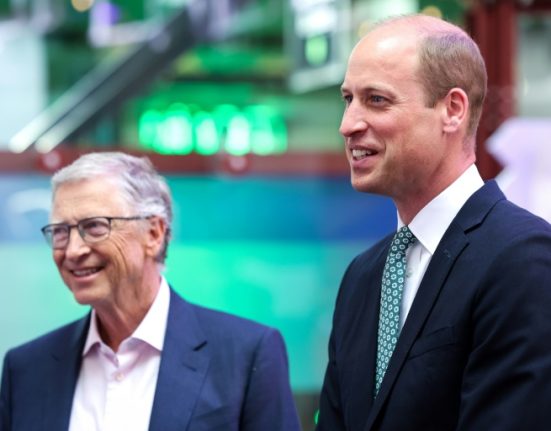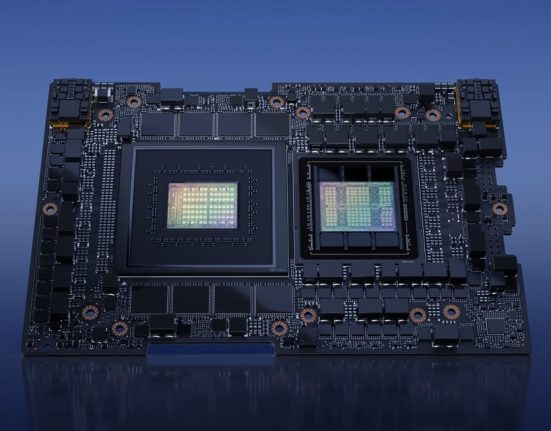is making progress on costs, putting it in position to sell its next generation of cars and parts for less than it spends to produce them, the EV maker said as it updated investors on its business days after announcing a blockbuster joint venture with
Shares were down in early Thursday trading, off 5.8%, at $13.88, while the
was up 0.1%. Still, the stock was up about 34% for the week. A dip following the surge triggered by the VW deal, rather than discouraging commentary from management, is likely responsible for the decline.
Here are a few things to note from the investor day presentation, along with some additional context.
Guidance
Rivian reaffirmed a forecast that it expects to make 57,000 vehicles in 2024, compared with about 50,000 vehicles in 2023 and 14,000 in the first quarter.
Sales and production should more or less match, so the production forecast for 57,000 vehicles implies unit sales growth of about 14%, a significant slowdown from an increase of 114% in 2023. That mirrors trends in the broader industry: U.S. car buyers bought about 3% more EVs in the first quarter of 2024 than in the first quarter of 2023, while EV sales grew 46% for all of 2023.
Advertisement – Scroll to Continue
EV Architecture
The day started with a review of Rivian’s electric architecture and software design. Rivian talked about its “zonal control” systems. Zonal control essentially means that different car systems have separate computer brains, while less advanced vehicles likely operated with a single, central brain. Splitting up systems such as powertrain and climate control can be more efficient and less costly.
That is the type of design that VW is interested in using.
The German auto maker is also interested in Rivian’s software. According to Morgan Stanley analyst Adam Jonas, Rivian makes “software-defined” vehicles, which means software, instead of hardware, controls most of the systems in the car. Traditional auto makers have had trouble creating that setup, which makes cars “upgradeable” with software updates.
Advertisement – Scroll to Continue
The Product
CEO R.J. Scaringe talked about how Rivian is simplifying the design for the R2, its second-generation vehicle, due on roads in 2026.
That is important because cost has been a problem for Rivian. Gross profit margins in the first quarter came in at minus 44%. Rivian generated about $86,000 per vehicle sold, while it spends about $124,000 building the cars.
CFO Claire McDonough said material costs for the R2 should fall by 20%.
She added that Rivian is expecting a positive “variable” gross profit in the fourth quarter. That might not mean gross profit overall will be positive; manufacturing plant depreciation, a big cost for car companies, is essentially nonvariable. But it does mean that the cost to acquire parts and assemble cars will be less than the price Rivian sells them for.
Autonomy
Rivian, like
Advertisement – Scroll to Continue
Tesla
,
is focused on improving its driver-assistance functions.
The company uses five radars and 11 cameras, as well as artificial intelligence-based computing to help train systems and create driver assistance software.
Better self-driving technology can drive car sales. It can also generate recurring sales if drivers are willing to subscribe for systems that get better over time.
Write to Al Root at allen.root@dowjones.com







